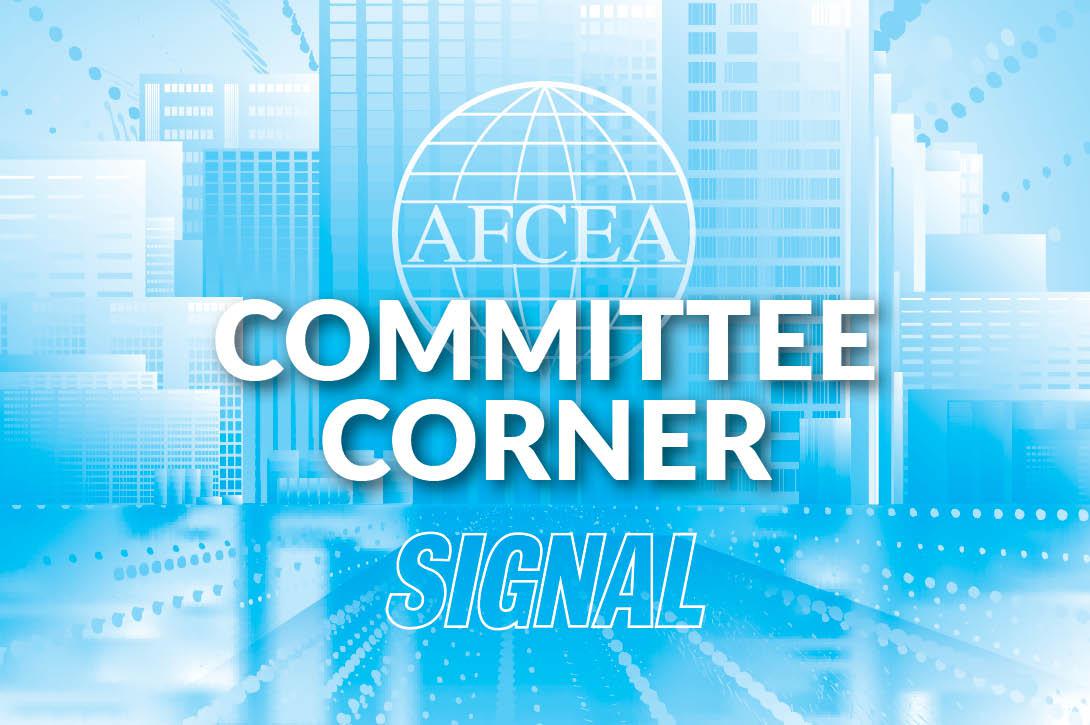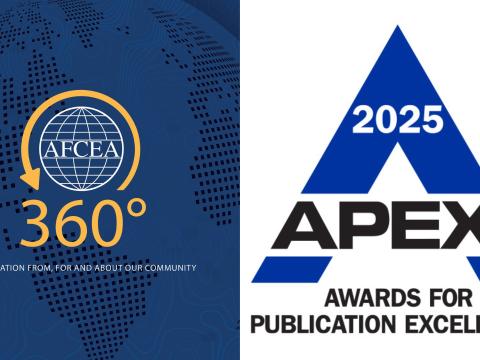From the Desk of AFCEA’s Cyber Committee
Globally, as society’s dependence on technology grows, so does the vulnerability to cyber threats. The threat landscape is rapidly evolving, and it is essential for organizations to adopt measures to mitigate the impact of cyber attacks. Cyber resiliency refers to an organization’s ability to continue operating in the face of cyber incidents. It is a critical aspect of any cybersecurity strategy and involves a combination of preventive and reactive measures.
Now, readers can review a new white paper submitted by members of AFCEA International’s Cyber Committee, who discuss that as technology evolves, so does the threat landscape for cyber attacks, which is becoming more complex and sophisticated. Cybersecurity is no longer just an information technology issue, but rather an organizational-wide concern. Organizations must take a proactive approach to address the emerging risks. Next-generation cyber is an approach that combines policy, process, technology and a resilient workforce to effectively mitigate cyber risks.
This white paper, titled “Next-Generation Cyber: Maximizing Threat Intelligence and Driving Organizational Resiliency,” presents the key components of next-generation cyber, cyber resiliency and modern-day threat intelligence, including the importance and key components thereof, and best practices for implementation so organizations can best undertake capability maturation activities that innovatively increase their cybersecurity posture. It also discusses key applications within the space domain and applicability to critical infrastructures.
Learn more about AFCEA’s Cyber Committee.
Download the document from SIGNAL Media’s Resource Library.
Each month, SIGNAL Magazine publishes a feature in the Committee Corner to highlight news you can us from AFCEA’s committees. Committee leaders should submit entries to Sandra Jontz.




Comments